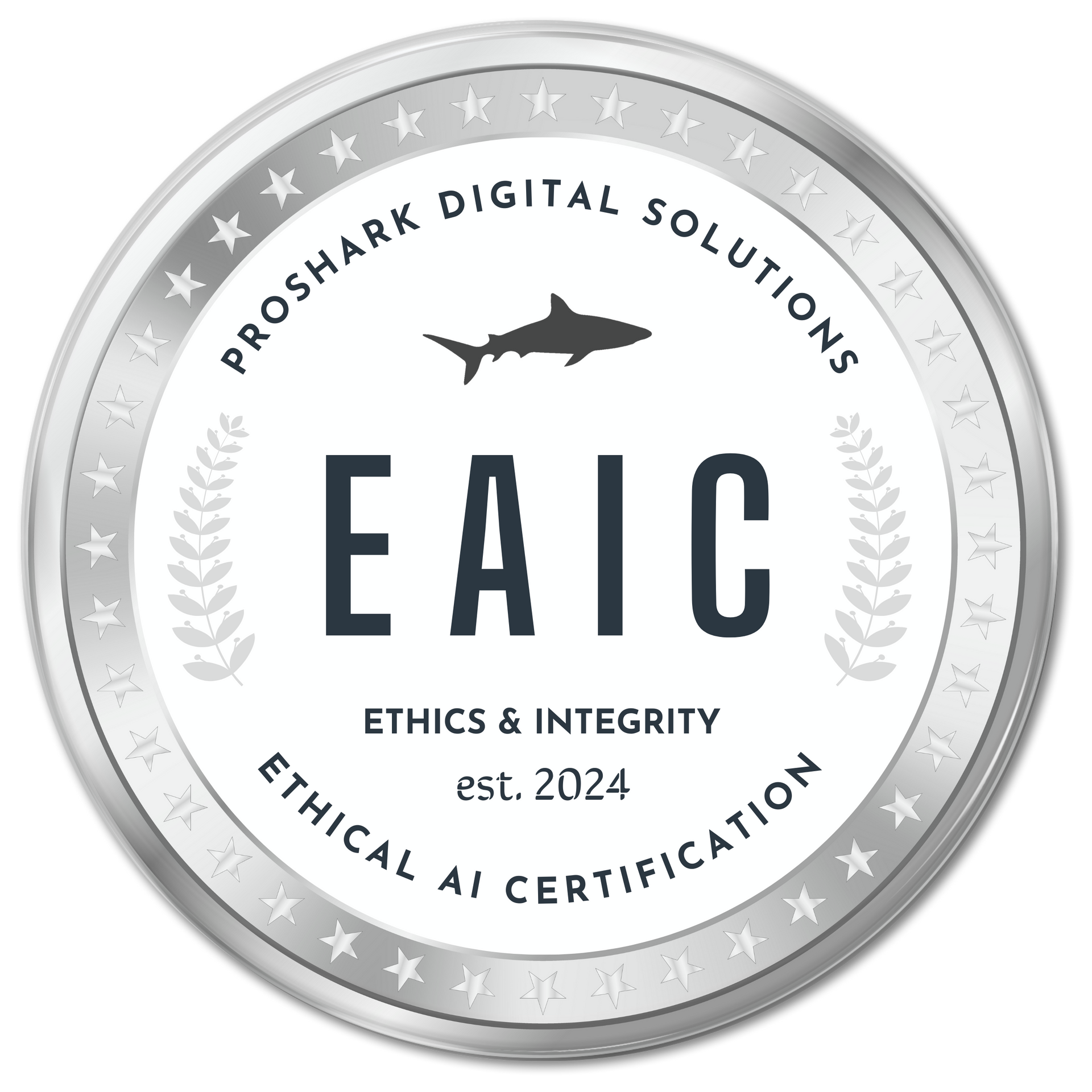Stop Wasting Clicks—Here’s How Conversion Optimization Actually Works
Traffic Means Nothing If Your Site Doesn’t Convert

The Click Trap
Every business dreams of more website traffic. So we invest in ads, tweak our SEO, post on social media, and chase clicks like they’re the ultimate prize. But here's the truth: clicks alone don't pay the bills. If people land on your site and don’t take action—if they don’t sign up, buy, or book—your traffic is just expensive noise.
Conversion optimization is what turns that noise into music. It's the science (and art) of getting visitors to do what you actually want them to do. It's how you go from having "lots of traffic" to having a consistent pipeline of leads and revenue.
This blog breaks down exactly how conversion optimization works—and why it's the secret weapon behind today’s most profitable businesses.
Part 1: Understanding Conversion
Let’s define what we’re working with.
A conversion is any action a visitor takes that moves them closer to becoming a customer. This can include:
- Filling out a contact form
- Subscribing to a newsletter
- Scheduling a demo
- Downloading a free guide
- Completing a purchase
The percentage of visitors who take this action = your conversion rate.
Most sites convert at 1–3%. Great sites? 10%+. That difference is everything.
Part 2: The Most Common Conversion Killers
Before we talk about optimizing, let’s address what’s probably breaking your funnel right now.
1. Slow Load Speeds
If your site takes more than 3 seconds to load, over half your visitors will bounce. Speed = trust = conversions.
2. No Clear CTA (Call to Action)
If your visitor has to search for the next step, they’re gone. Every page should have a clear, specific CTA that tells them exactly what to do next.
3. Information Overload
Too much text, too many buttons, conflicting messages—these paralyze decision-making. Simplicity converts.
4. Mobile-Unfriendly Design
More than 60% of traffic comes from mobile. If your buttons are too small or your layout breaks on mobile, you’re losing leads.
5. No Social Proof
People trust people. If you’re not showing testimonials, case studies, or reviews, you’re asking them to trust you blindly.
Part 3: What Conversion Optimization Actually Looks Like
Conversion optimization isn’t a one-time fix. It’s a process built on testing, measuring, and adjusting. Here’s how we do it at Proshark.
Step 1: Define the Goal
What does success look like? Booked calls? Sales? Newsletter signups?
Each page should have one clear goal. Not two. Not five. One.
Step 2: Audit the Journey
We look at your analytics to see:
- Where visitors come from
- What pages they land on
- Where they drop off
- What they click (or don’t)
This helps us identify friction—the places where interest dies.
Step 3: Fix the Funnel
Once we know where users are getting lost, we fix the leaks. This could mean:
- Rewriting your offer headline to clarify value
- Reducing the number of form fields
- Reorganizing your navigation
- Adding a sticky CTA button
- Introducing urgency or FOMO
We’re not guessing—we’re following the data.
Step 4: A/B Testing
We test different versions of:
- Headlines
- Images
- Button colors
- Offers
- Layouts
Then we pick the one that performs best—and keep testing. Optimization never ends.
Part 4: The Key Elements of High-Converting Pages
Want to know what all high-converting pages have in common? Here’s the breakdown:
Clear, Value-Driven Headline
Your headline should answer the visitor’s #1 question: “What’s in it for me?”
Bad: “Welcome to XYZ Marketing”
Better: “Double Your Leads Without Doubling Your Ad Spend”
Subheadline That Supports the Promise
Explain how you’ll deliver the value. This gives credibility to your headline.
Visual Hierarchy
The eye should be guided through the page. Use white space, color, and font size intentionally.
Emotional Copy
Logic doesn’t sell—emotion does. Your copy should speak to pain points, dreams, and desires.
Obvious, Repeated CTA
Your main call-to-action should be above the fold, in the middle, and at the end. Repetition = retention.
Risk Reversal
Money-back guarantees, free trials, or “cancel anytime” options help remove friction.
Social Proof
Use testimonials, logos, video reviews, or stats like “Trusted by 1,000+ Businesses.”
Part 5: Examples from the Field
Let’s make it real.
Example 1: A SaaS Company
Problem: Landing page had a 2% conversion rate despite high traffic.
Fix: We changed the vague CTA (“Learn More”) to a benefit-driven one (“Get My Free Demo”), reduced form fields from 7 to 3, and added three customer testimonials near the form.
Result: Conversion jumped to 6.5% in 2 weeks.
Example 2: An E-commerce Store
Problem: Cart abandonment was over 70%.
Fix: We added urgency messaging (“Only 3 left in stock”), simplified the checkout to one page, and included trust badges (e.g., McAfee Secure).
Result: Checkout completion rose by 28%.
Part 6: Why Most Businesses Still Ignore It
If conversion optimization is so powerful, why isn’t everyone doing it?
Because traffic is easier to buy than systems are to fix.
Running ads gives you instant dopamine. But building a funnel that closes? That takes analysis, creativity, and iteration.
Yet the ROI is undeniable.
Would you rather:
- Get 100,000 visitors and 500 leads?
or - Get 30,000 visitors and 1,200 leads?
Conversion optimization is how you win with less traffic.
Part 7: How to Get Started (Even If You’re Not a Tech Pro)
You don’t need to be a developer or copywriter to get started.
Here’s your 5-day optimization checklist:
Day 1: Check Your Page Speed
Use Google PageSpeed Insights. If you're scoring under 80, you’ve got work to do.
Day 2: Review Your CTAs
Are they specific? Actionable? Repeated? If not, update them.
Day 3: Add One Testimonial or Case Study
Preferably with a photo or video. Let others do the selling.
Day 4: Simplify Your Forms
Fewer fields = higher conversions. Ask only what’s absolutely necessary.
Day 5: Install Heatmaps
Use tools like Hotjar to see where people are clicking and where they’re dropping off.
Part 8: What Happens When You Get It Right
When your conversion strategy is dialed in, here’s what changes:
✅ You spend less on ads—and make more
✅ Your team wastes less time on cold leads
✅ You scale sustainably
✅ You actually understand what works in your business
This is how smart companies grow. Not by chasing clicks—but by building systems that convert them.
Conclusion: Traffic Is the Start—Not the Goal
More traffic is not the solution. A better conversion system is.
If you’re spending money on ads, investing in SEO, or posting regularly on social, you owe it to yourself to make sure every visitor has a clear, compelling path to action.
Stop wasting clicks. Start converting them.
And if you’re not sure where to start? That’s what we’re here for.







